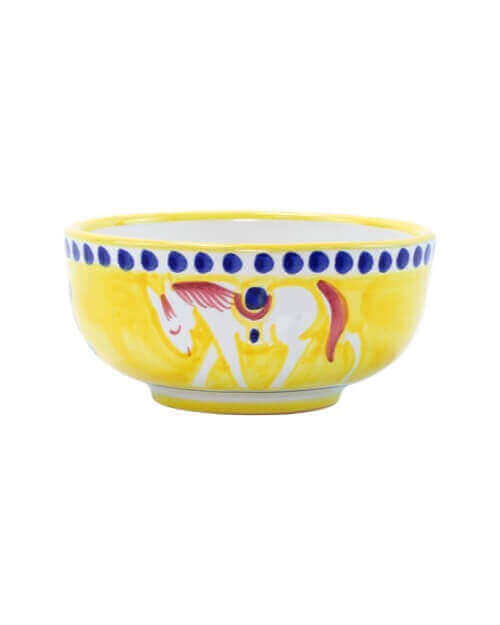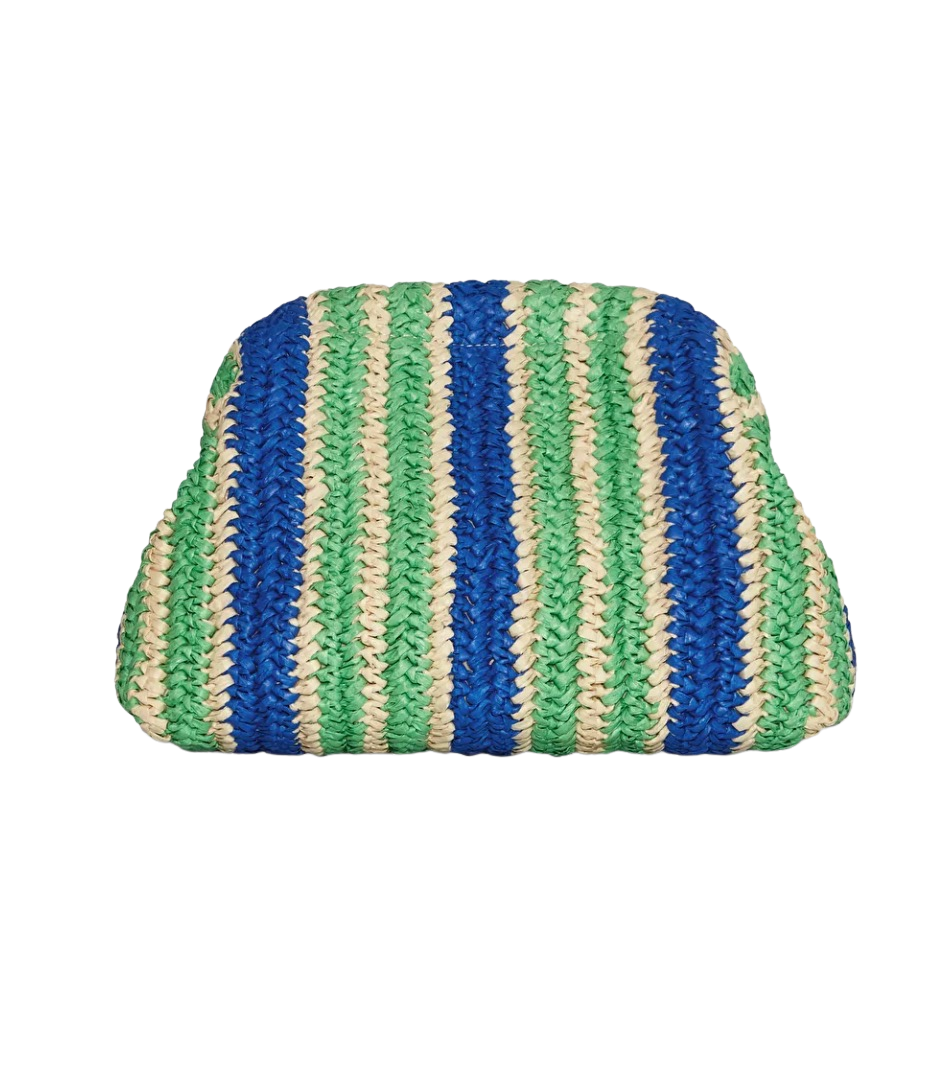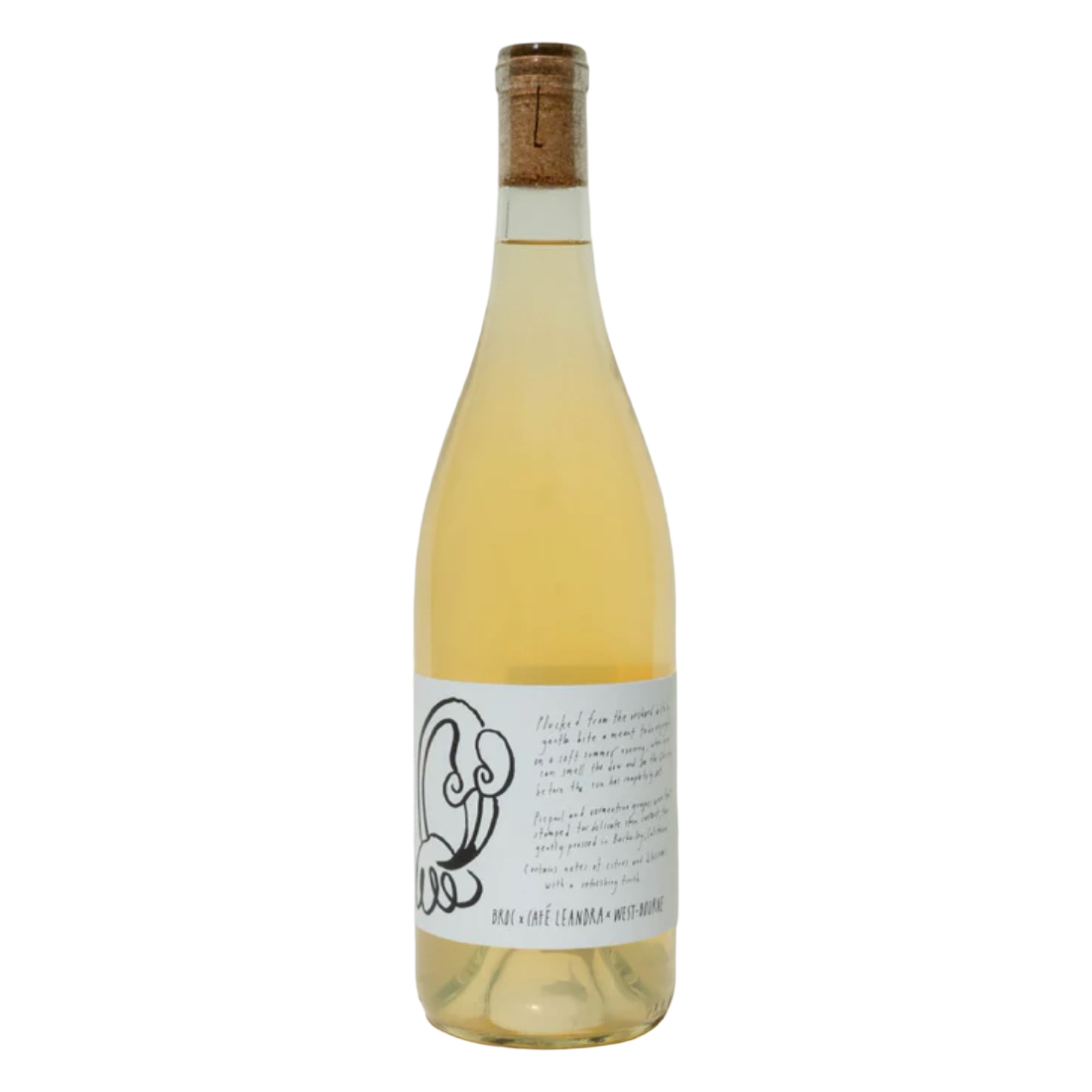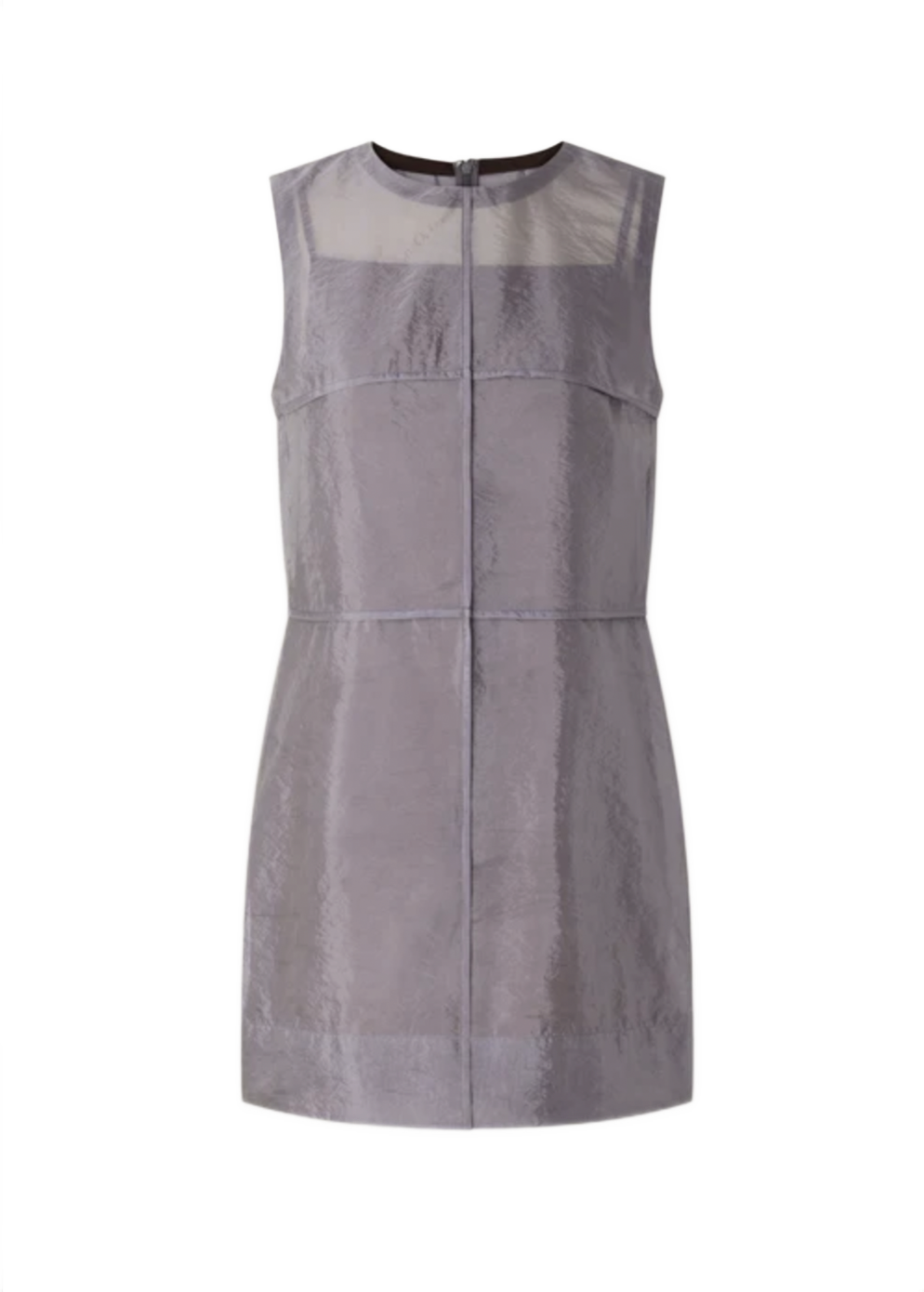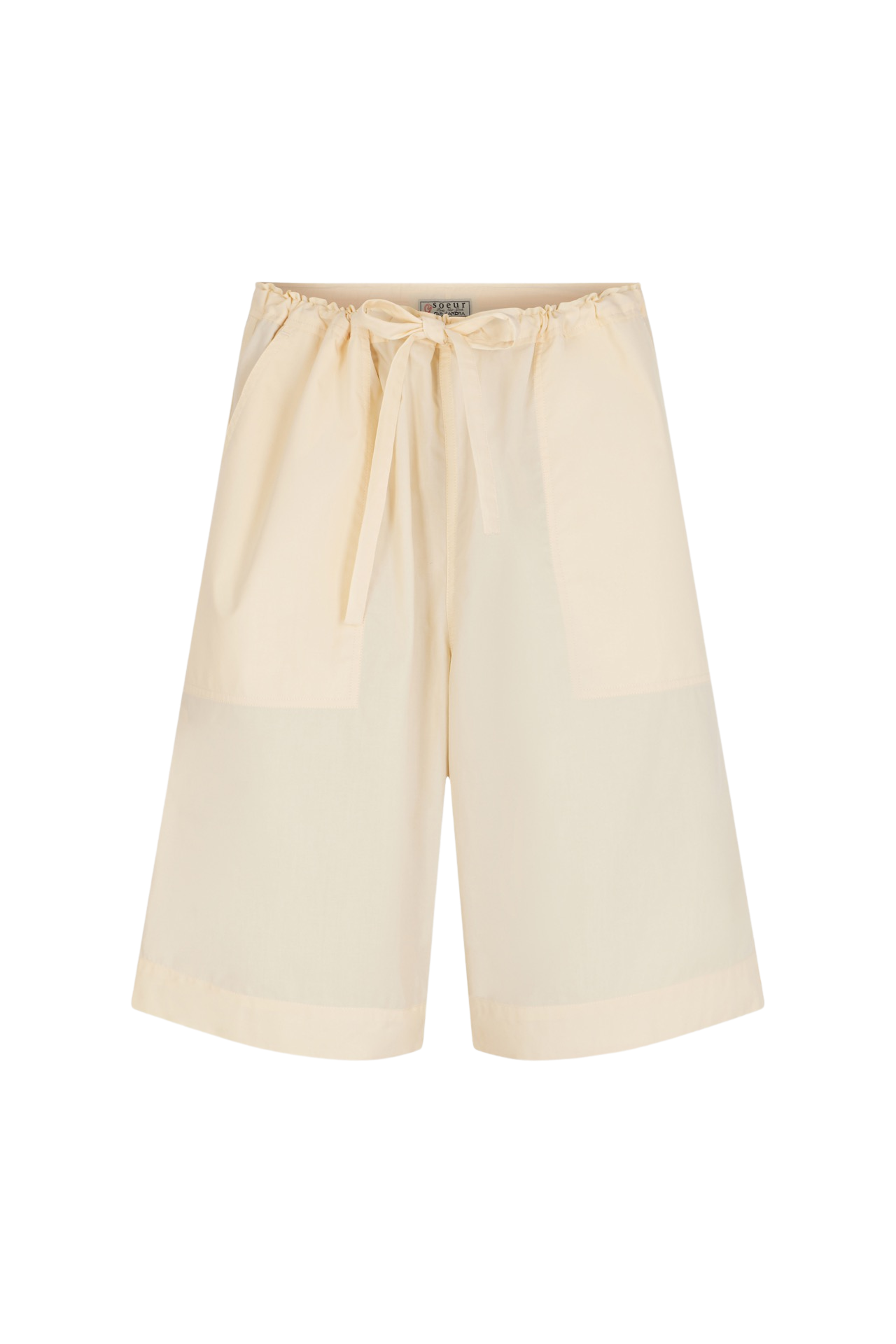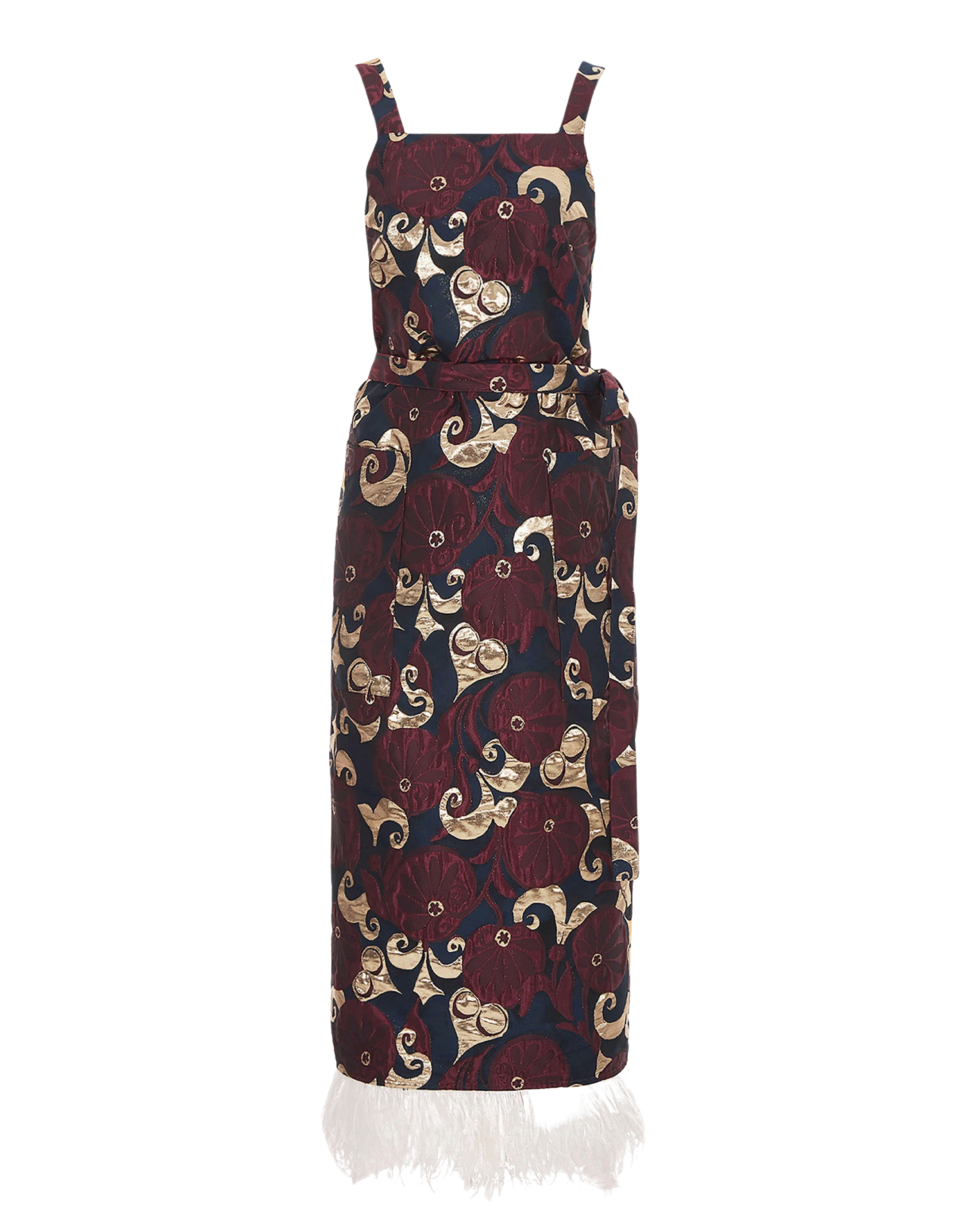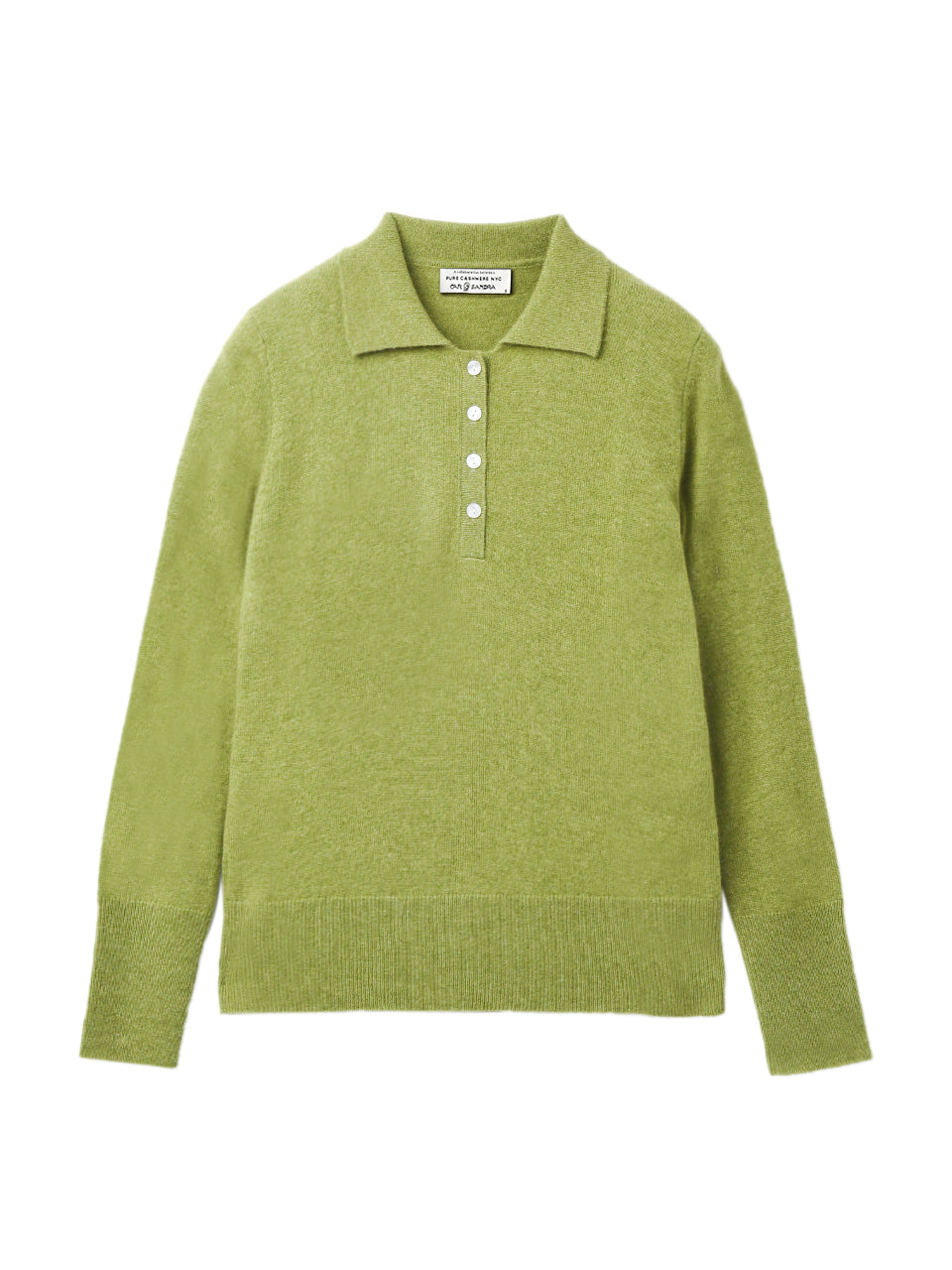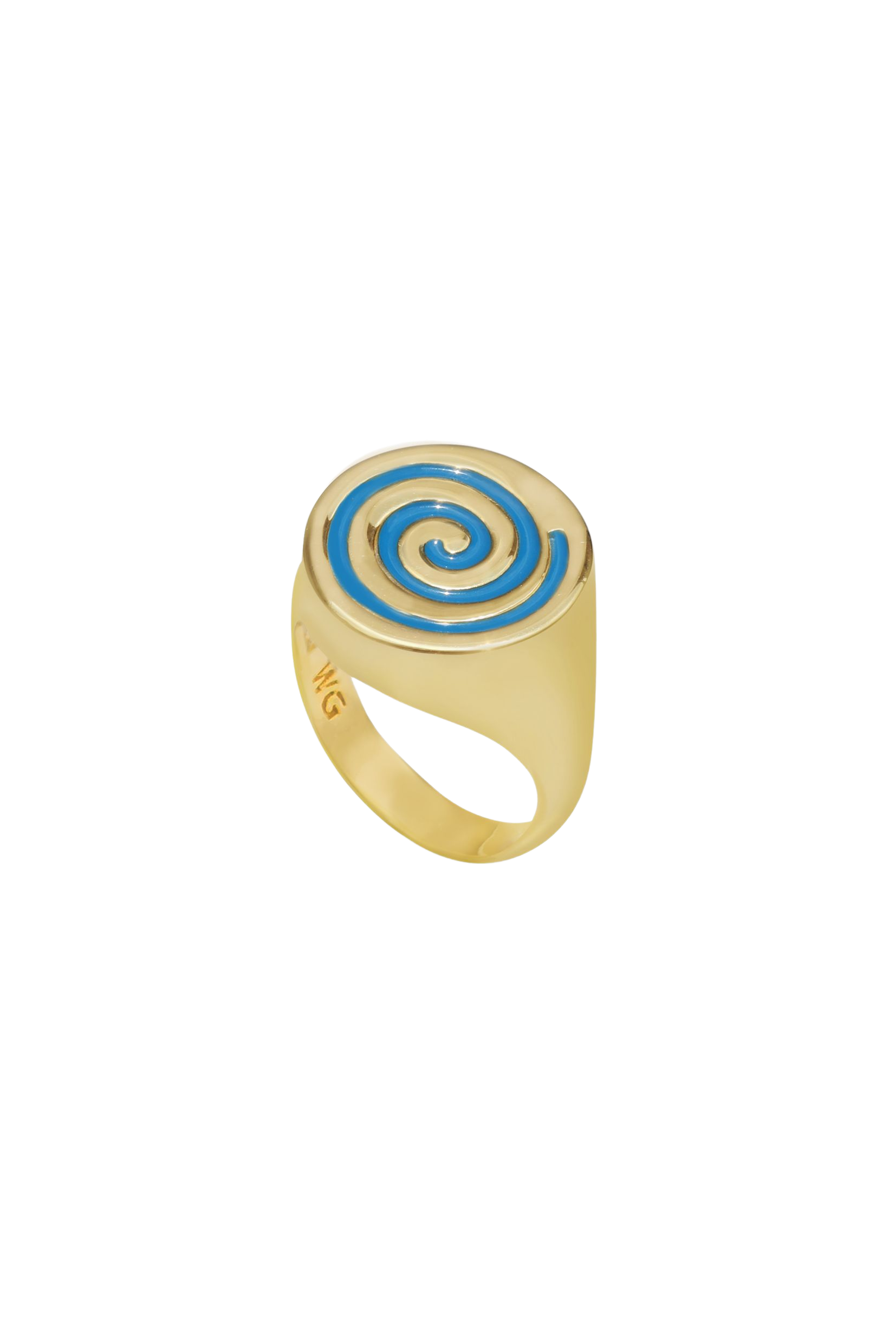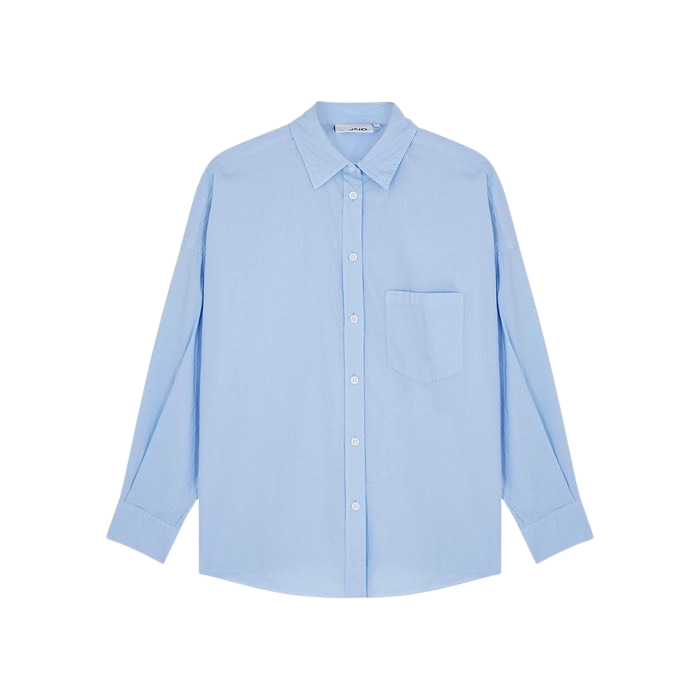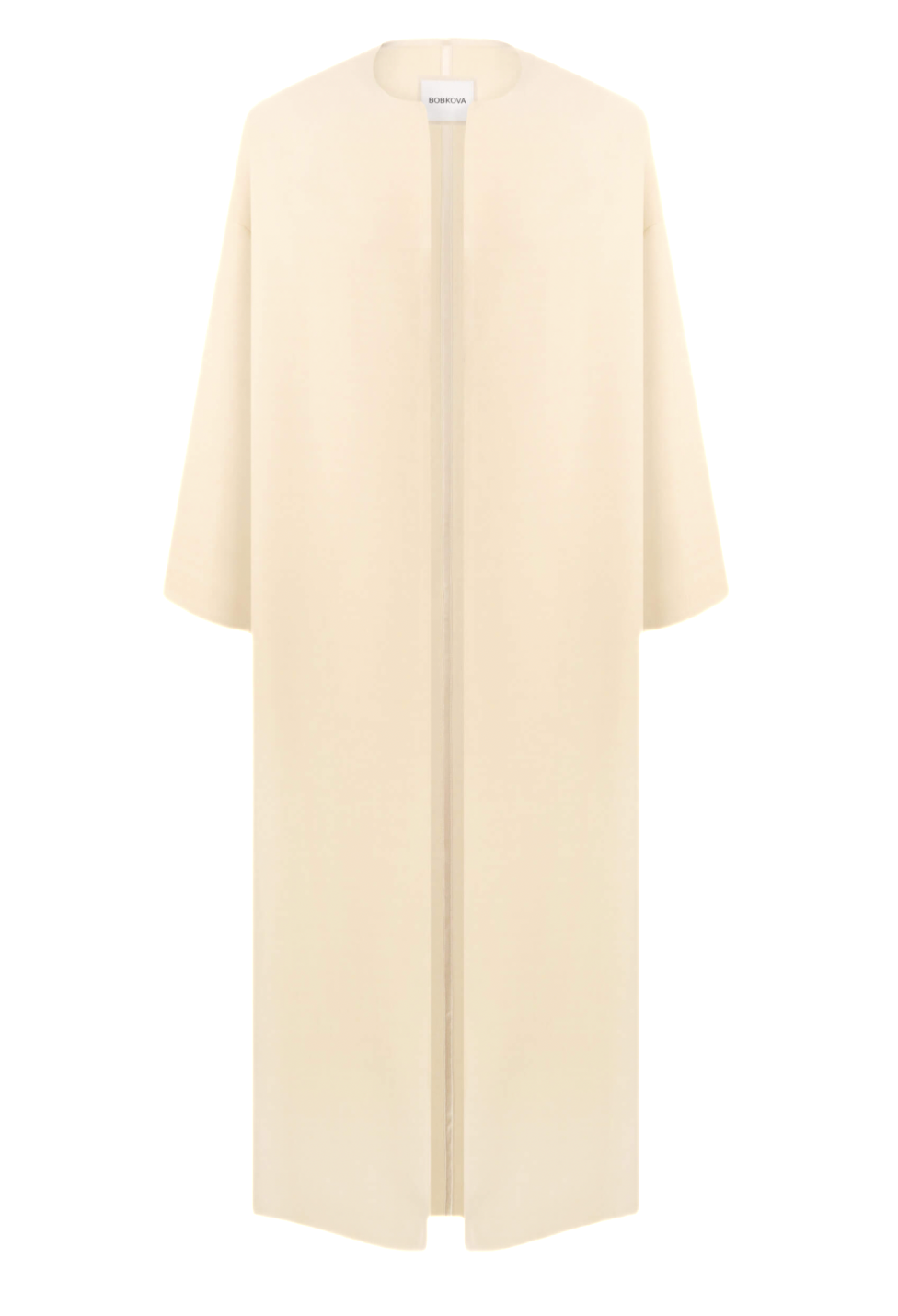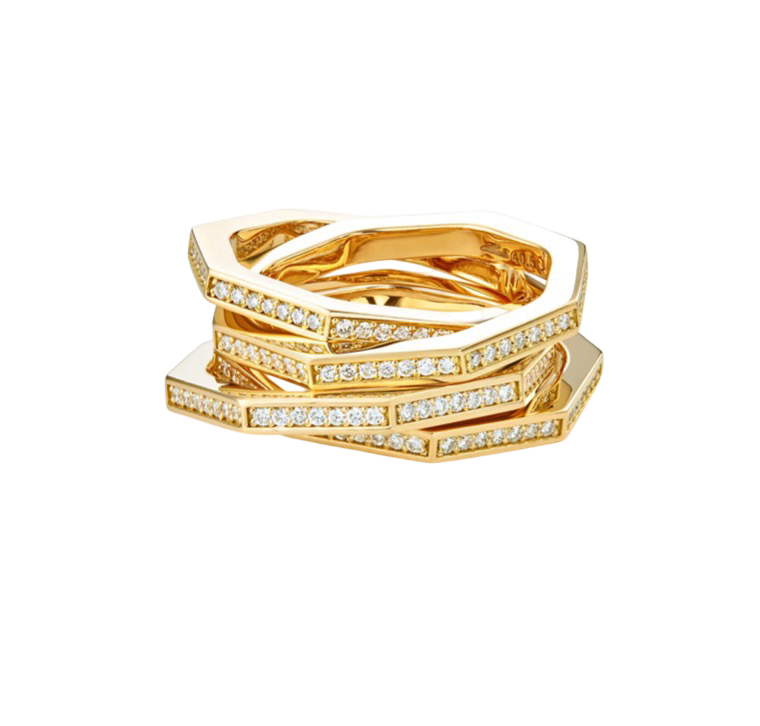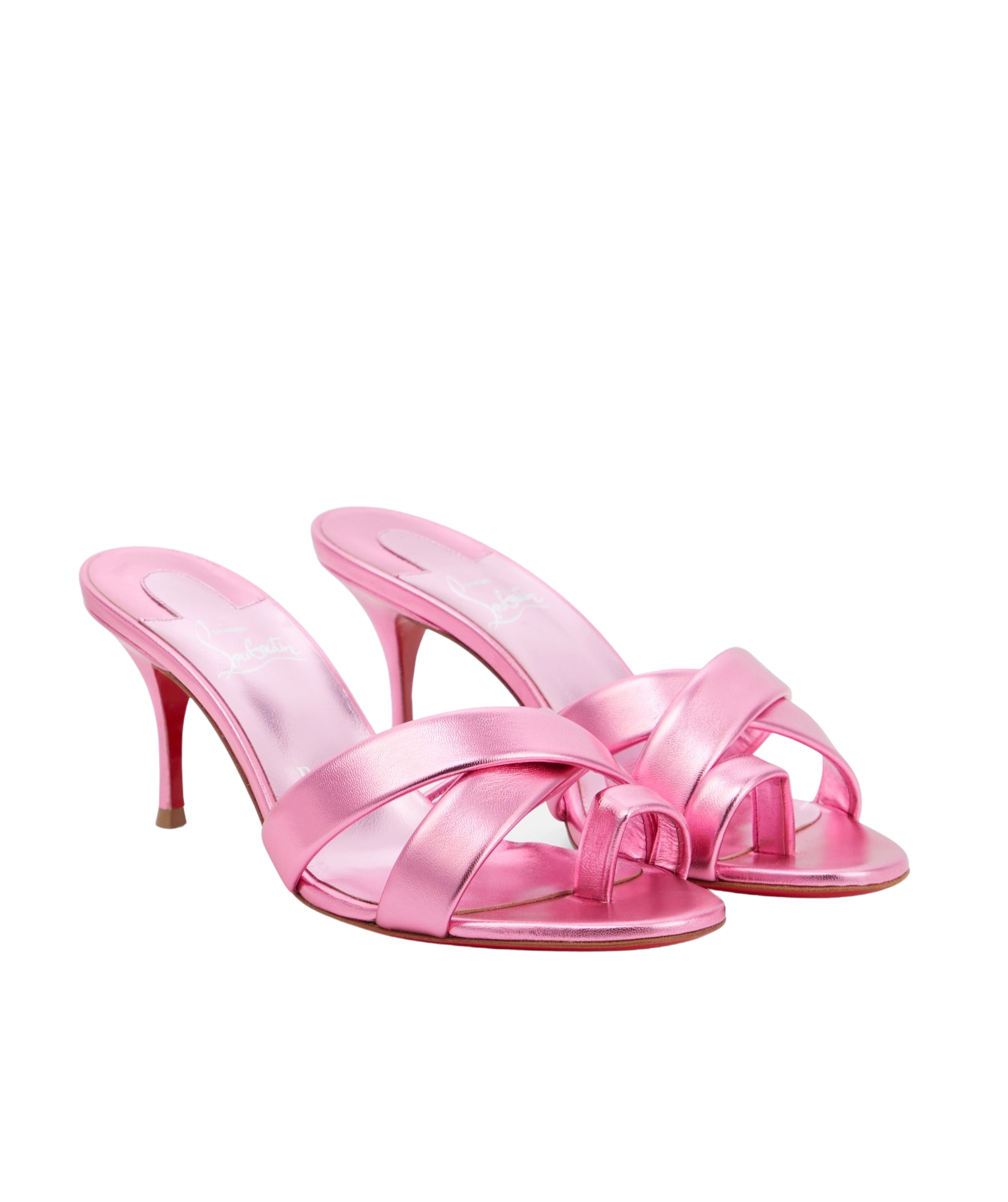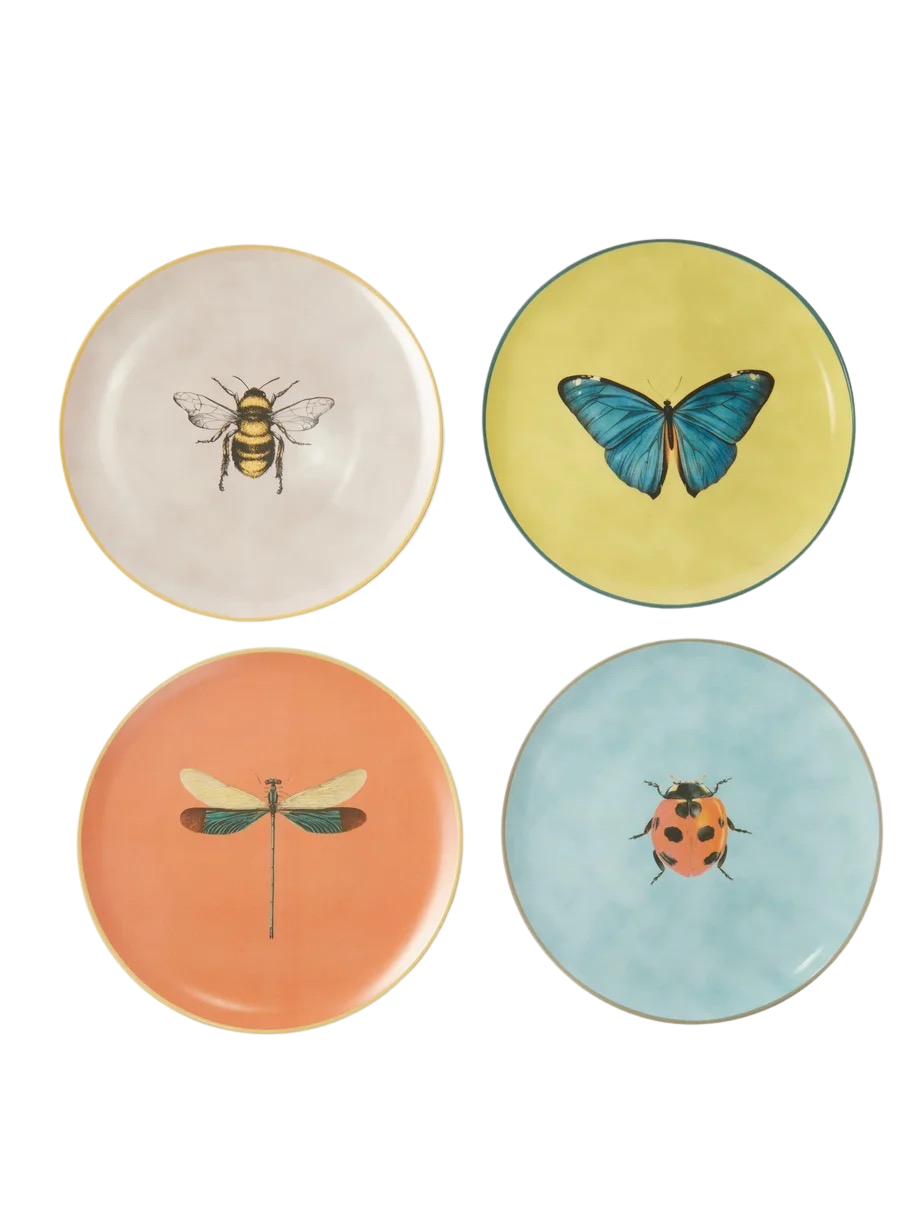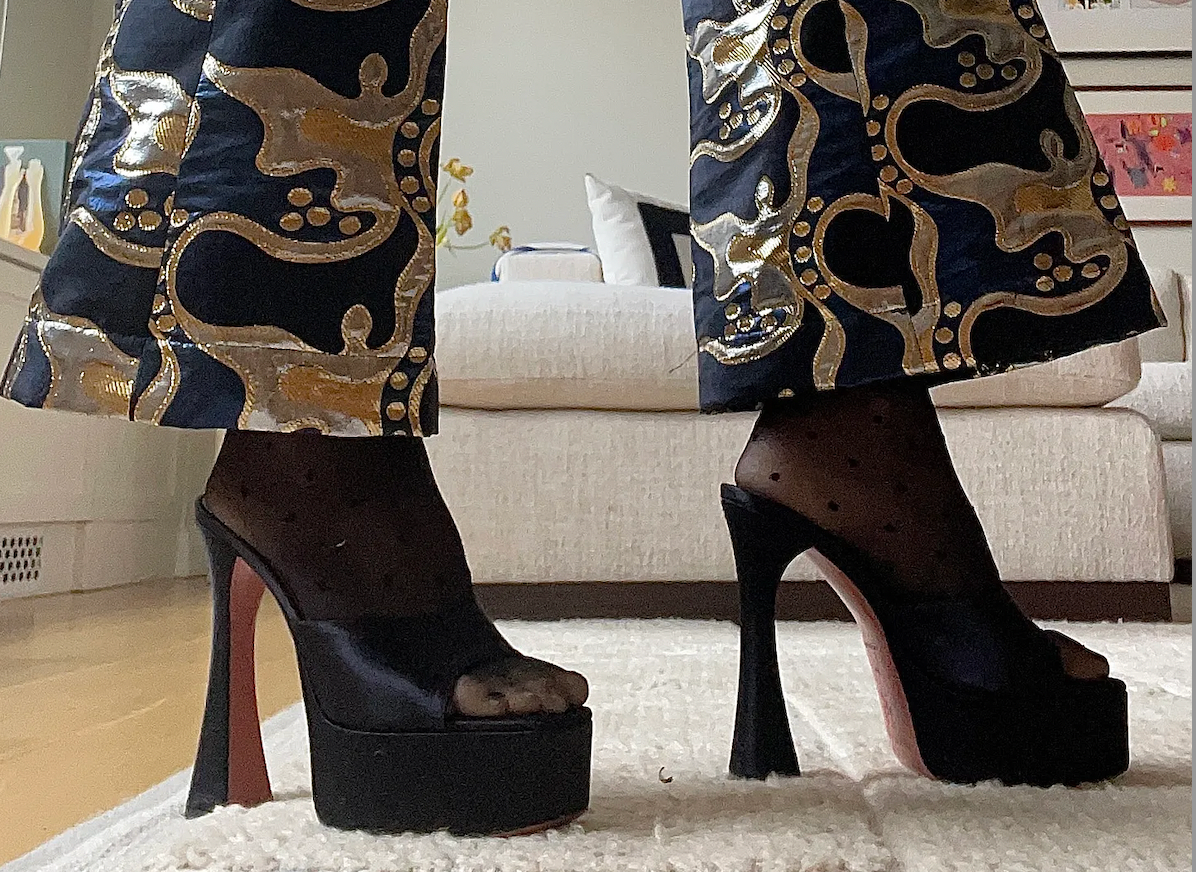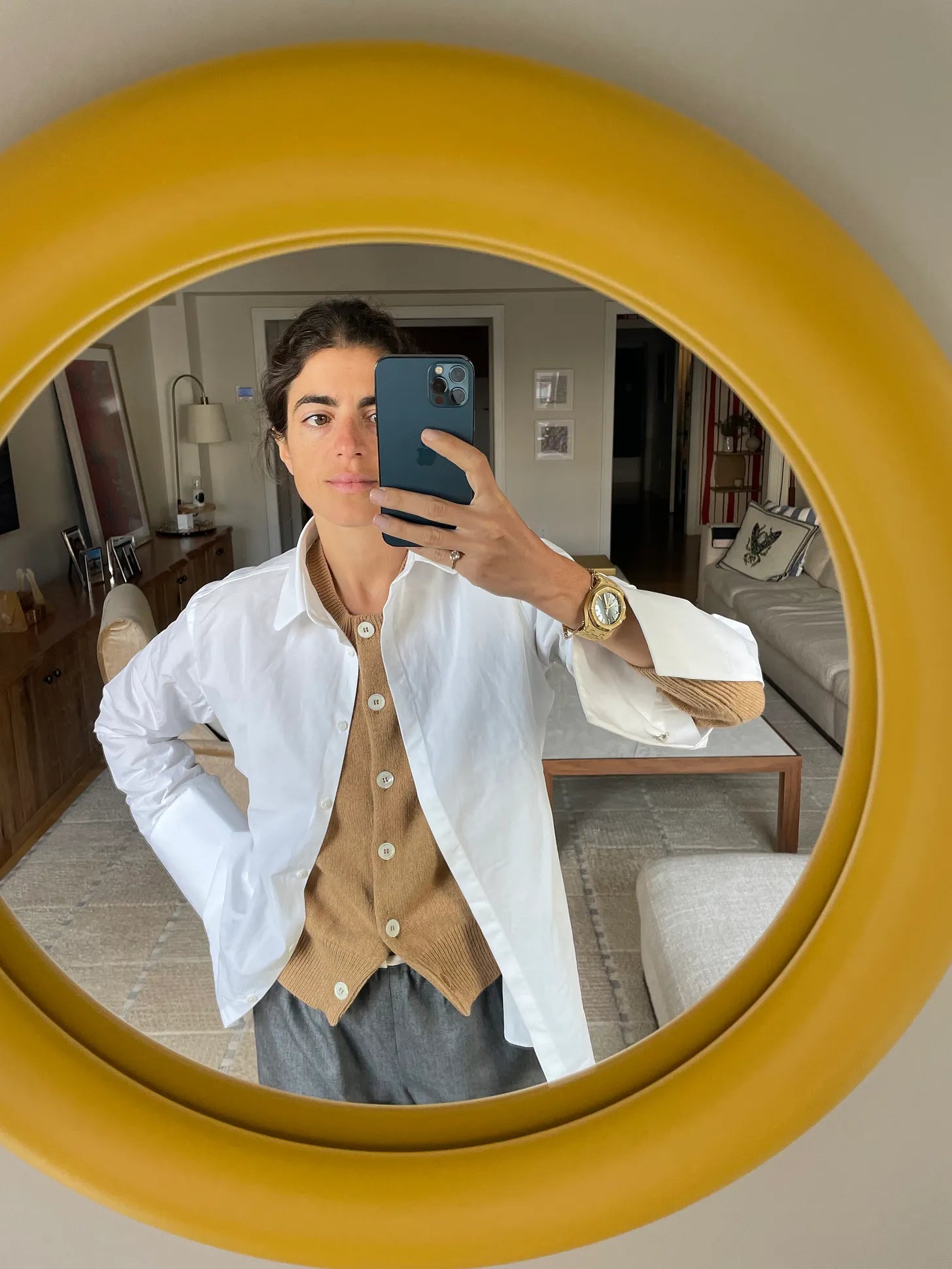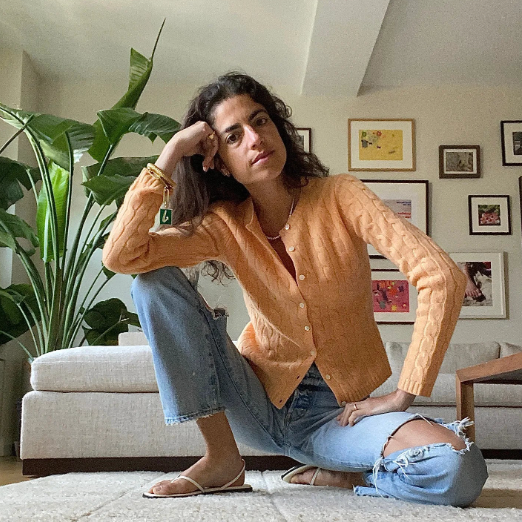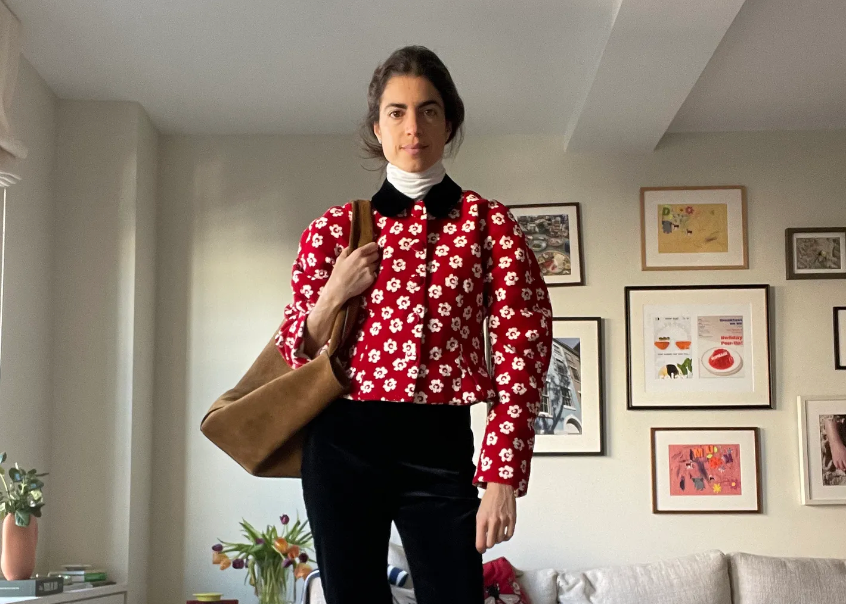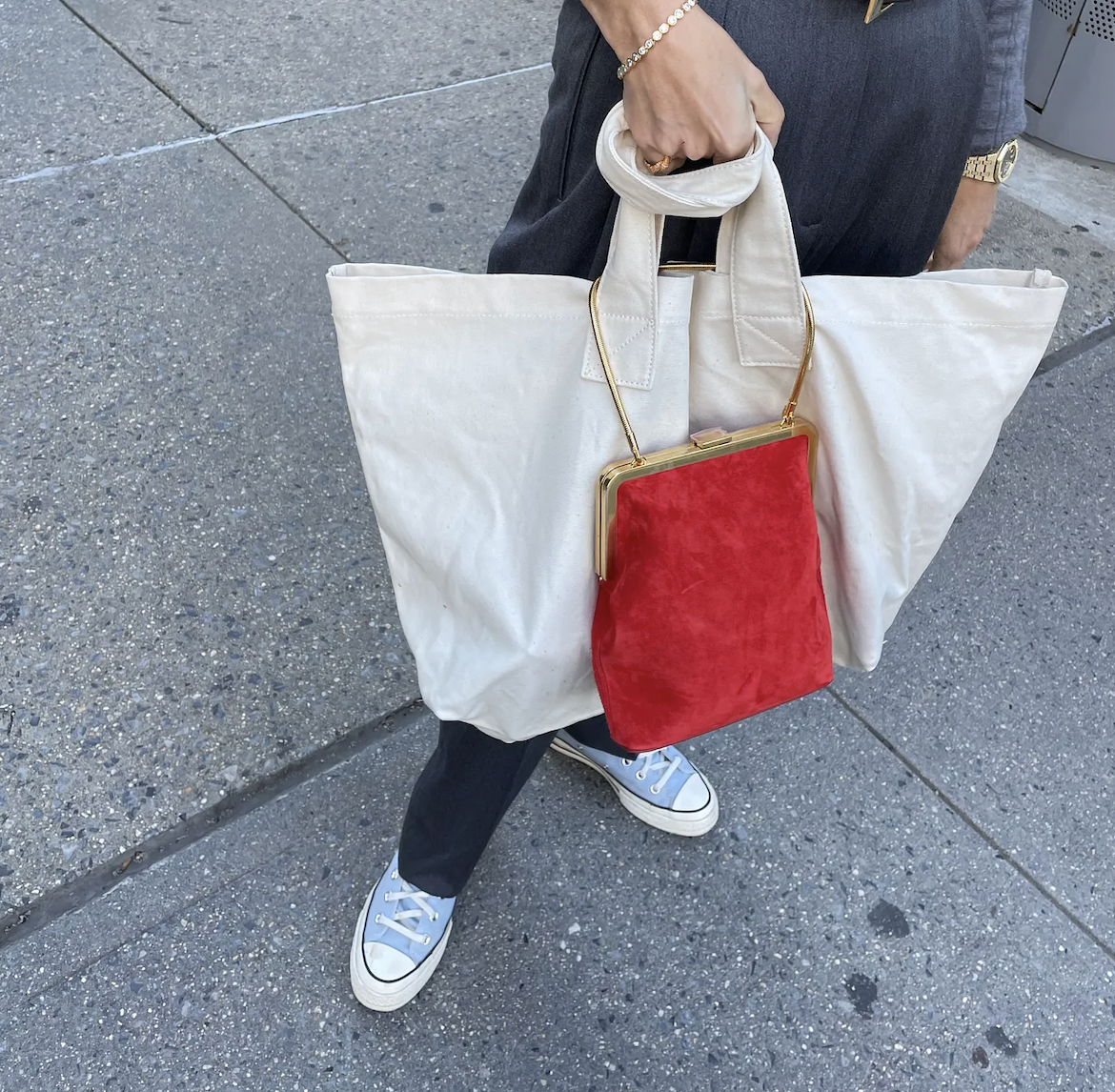What will it take for designers to feel comfortable taking creative and intellectual risks again?
I came across this tweet from one of the great writers in fashion right now and in response to her question, all I could think was that it keeps boiling down to The Row.
Crivellini collaborated with Attersee and Alex Mill this summer and I’ve recently been wearing a pair just like them from a small Spanish brand called Cayumas. They were used in the Danish brand, Skall Studios’ summer show. Permutations from every brand look like a take on the classic Italian style inspired by the original Venetian loafer (“La Furlana”).
The most commerically-available ones are from Vibi Venezia — sold on Matches, Net-a-Porter and Farfetch. You can find inspired-but-more structured permutations from Doen, Le Monde Beryl or even J. Crew. But in my view, the reason they’re really everywhere lately is because of these ones — the Ava — by The Row.
They more closely resemble Chinese martial arts slippers — a similar and traditional style that you can find at Asian markets like Pearl River Mart on Broome Street in New York and if I had to guess, Ava is more inspired by the Chinese slipper than they are the Italian one but I don't know for sure. The reason I mention any of it at all is because of the traction.
It’s ironic to think of the trickle effect The Row has been provoking when you consider what the brand really is: the most precise definition of an elevated basic. Gap but for the kinds of people who care so much about how soft or delicate or luxurious a fabric will feel on their skin that they can (and do) justify the price point.
I have been thinking lately that maybe the reason I keep coming back to The Row is that whether or not it was intentional (I suspect it was not), they have become the successor to old Celine.
Phoebe Philo’s customer — a superfan by many measures — still yearns for the brand and what The Row offers is the best version of what she once did. The clothes are less fussy, complicated — they take work to look fashion so it’s not an apples-to-apples comparison, but I do believe that it’s because of this dynamic, with old Celine’s customer treating The Row like the new Celine, that a trend like pedestrian mary jane slippers could explode in these random bouts.
It makes me think about what it will take to enter a new era of style — what it will take for designers that want to appeal to this customer to take the same kinds of intellectual and creative risks that Philo once did. The ones that have historically marked seismic changes in fashion.
Creating conditions for new ideas
I used to think that when Phoebe Philo returned (which was slated to happen in early 2022), new ideas would start to populate, and everyone would benefit, but that seems like a limited way to look out at the future, one that puts too much pressure on a single person and shortchanges the talent of so many more. Now I just wonder what kind of environmental conditions a designer needs to feel safe enough to make bad things on the road to good, to take risks that render a product honest enough to feel entirely new.
What I mean when I say “feel entirely new,” is not that the product is so innovative that it’s untethered to anything that has come before it. The more I think about how hard the culture has been on designers to generate ideas that are referential of nothing, the more I realize how absurd, impossible and even unnatural the proposition is. The more I understand why we are swimming in a sea of similiar styles spinning around themselves.
Inspiration is the well from which creativity springs. From which one idea that already exists can meet one that is burgeoning, can make it pregnant, and bore something different. I think the reason they say creation takes courage is because often it requires meeting one’s demons and resolving to make peace with them, to spin that exchange out into beauty, and to me, that is so honest its new.
But again, doing this also requires that one feels safe enough to enter the inferno.
And then to go so far as to display the finding’s once they’re out of the inferno? That’s the most terrifying part — fertile soil is necessary (though not necessarily essential) for the new concept to blossom. For it to serve as the sprout for different ideas that want to come to the surface.
One exception I often come back to is Balenciaga’s Demna Gvasalia who has become among the most important designers in high fashion over the course of the past few runway seasons. It’s clear why when you consider that his clothes are also his message — in fact, they might be more of a message than they even are clothes — and the message is one that does not shy away from the backdrop of his grim take on reality, surrounding themes of consumerism steeped in late-stage capitalism and broader global unrest, which often fashion tries to look away from.
His perspective gives critics and editors and stylists plenty to work with when they are tasked with the order of anchoring fashion in the broader cultural (and now political) landscape. But beyond this, Gvasalia’s Balenciaga is also a captivating concept, a sort of case study in culture, shaped by a smart curator.
Concept vs. affect
Often I’ve struggled to understand what makes the most revered designers of fashion — the ones with the most resonant points of view — similar and what makes them different. I think I have finally figured out that there are two kinds of ways fashion resonates. On one hand, there are conceptual clothes like those of Balenciaga, or Rei Kawakubo, which are more like art because they’re more anchored in their message, in their moment — in the way they reflect and convey the culture.
Then there are the affectual clothes — these more closely represent “aspiration” and don’t avoid or dismiss the culture either, in fact, they also reflect it right back, but how they do it is different. The designers of these clothes don’t express the culture directly, but they do aim to carry the wearer through it — to encourage or nurture or relieve or support them through whatever the moment calls for. This makes them more subversive — implicit in their power. It’s what Celine did so well.
And this brings me back to the mary janes because the more I think about it, the more convinced I become that The Row never set out to become an arbiter of culture. They set out to develop the absolute best quality, the least fussy, the most luxurious, insouciant and comforting versions of their own tried and true favs.
Yet here we are at a moment in culture that is culminating in a collapsing domino line of aesthetic choices far enough removed from fashion (see: running shorts, flip flops, field jackets, and flats created for sport or Gondola steering) that when they’re placed through the wringer of fashion, they become a part of it.
The cynic in me want to say this cycle is a product of all the fear that’s spread among designers through the late 2010’s of getting called out, that as Becky Malinsky often argues, until more female designers are backed and supported and encouraged in a significant way, we’re going to keep coming up short. But then again, there’s something to be said for making the mundane more interesting. For accepting where the women are assembling. For reflecting, too, on the nostalgia factor and considering that perhaps it’s all a drawn-out farewell to one era before what will be, I suspect, one great plunge into the next.





